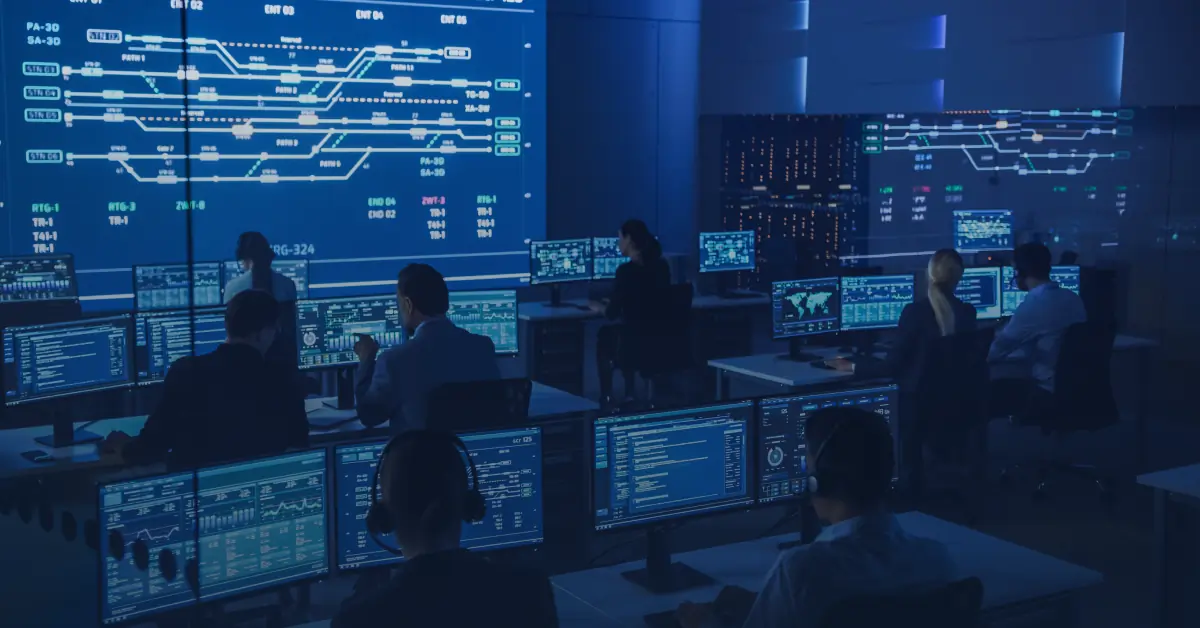The Current State of Monitoring
Organizations turn to monitoring tools to reduce the meantime to repair (MTTR) after an incident occurs. You have to monitor all layers of your complete IT infrastructure to ensure an excellent digital experience. As IT infrastructure becomes bigger, more complex, and more dynamic, current monitoring solutions are falling short. For example, if monitoring thresholds are set too aggressively, the support team drowns in alerts, of which many are false alarms. If, on the other hand, monitoring thresholds are set too conservatively, issues get missed or are only reported via a warning after the severity of the incident has impacted online revenue, reputation, and customer experience.
The Current State of Observability
In recent years, the concept of observability has arisen to address a consequence of digital transformation: the persistent risk to a company's digital experiences as IT environments become more complex and dynamic. The traditional focus of observability is on metrics, logs, and traces. Countless vendors who support some combination of metrics, logs, and traces all now claim to be observability vendors. However, most of these vendors supported metrics, logs, and traces before the term observability became fashionable, so for these vendors, observability is just a new way of talking about existing capabilities.
Presenting Full-Stack Observability
Observability solutions go beyond metrics, logs, and traces and also focus on the relationship between all IT infrastructure components. Learn what full-stack observability brings to the table to help improve incident management at your organization. And who knows, you might just change your mindset from “observability vs. monitoring” to “observability AND monitoring”.
About StackState
StackState delivers full-stack observability. StackState integrates with APM tools, infrastructure monitoring tools, virtualization and cloud platforms, Kubernetes, and incident management systems to add the certainty and richness of relationships, configuration changes, and AI-based diagnostics existing incident management process. This uniquely leads to deterministic root cause, which helps IT teams prevent and solve problems more quickly and efficiently.



